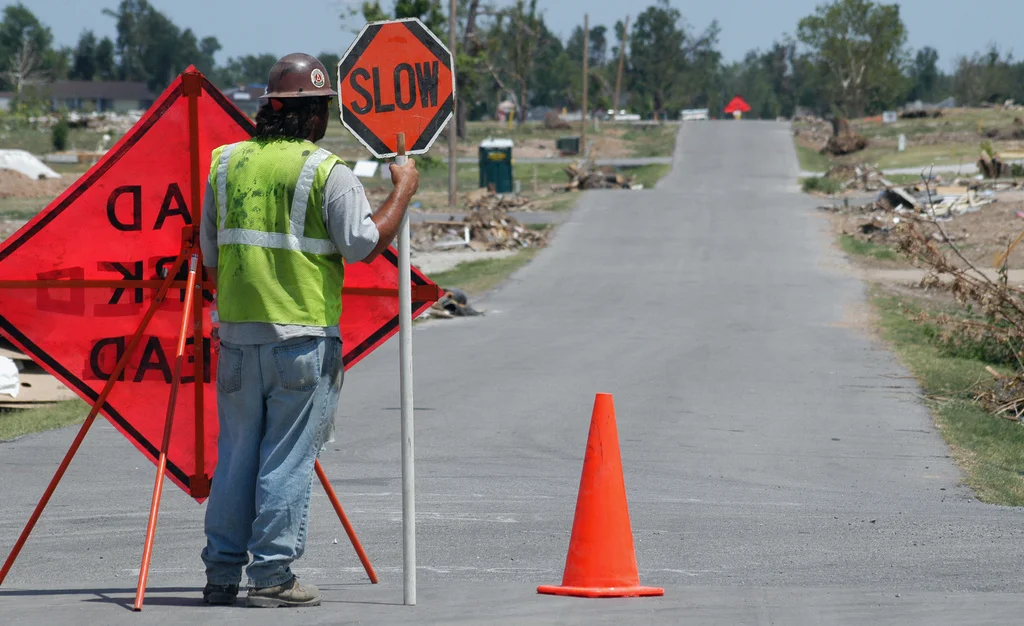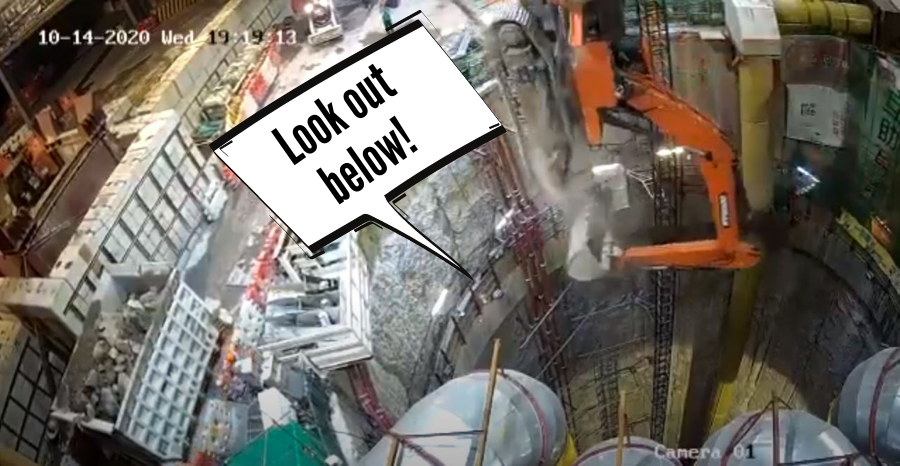Terrible tragedy struck Florida International University’s (FIU) campus yesterday when a newly installed pedestrian bridge collapsed onto the road below, killing at least 4 and severely injuring many more.
Read moreTips for Avoiding Traffic Congestion During Road and Bridge Construction
photo by the U.S. Army Corps of Engineers, CC BY 2.0
One thing almost everyone agrees on: America’s infrastructure needs fixing.
Another thing most people agree on: No one enjoys the traffic congestion that results from bridge, road, and utility construction work.
Read more[VIDEO] How the Connecticut DOT Reduced a 2-Year Bridge Replacement to 28 Days
via Youtube
Nobody likes traffic, especially when lane closures and construction are involved. Construction zones are prone to increased accidents, which also put construction workers in extreme danger. The best way to reduce traffic, accidents, and worker injuries is to reduce the on-site schedule, but how do you go about doing that?
The Connecticut Department of Transportation (CDOT) needed to overhaul its highly trafficked Route 8 in Bridgeport, CT which included several bridges. The bridges, which were built in the 1970s, handled over 88,000 vehicles per day and had degraded to a point that the CDOT determined the bridges had reached the end of their useful life. The original estimated schedule for the bridge overhaul was 2 years, which officials determined would be way too long to displace that amount of traffic, so they looked for alternative methods. In the end, the CDOT opted for a Design-Build concept with Manafort Brothers, Inc. and Parsons Brinkerhoff which would ultimately reduce the total on-site work schedule to two 14-periods over the summer of 2016.
The $35 million project not only used Design-Build to shorten the schedule, but also employed the Accelerated Bridge Construction (ABC) technique. To further reduce the schedule, the ABC method utilized Prefabricated Bridge Units (PBUs), which were large sections of the bridge that were fabricated off site. Once substantial completion of the PBUs was reached, the on-sire work began. Each 14 day period wound up closing one direction at a time, which shifted traffic to the opposite side. The new bridges are close to being complete now, with a finish date set for September 2016 and the DOT is hoping that maintenance of the new bridge will be significantly reduced compared to the old bridge. According to the website set up for the Route 8 construction, the bridge design incorporated “modern weathering steel beams that require no paint or maintenance over their anticipated 75 year lifespan.”
While it’s not quite as fast as this this multi-lane overpass that was removed and replaced in 43 hours in China or this 230 foot long tunnel installed under a highway in the Netherlands in just 3 days, it’s definitely a step in the right direction for improving contractor efficiency and public safety.
You can watch a timelapse video of the demolition of the old bridges and the construction of the new, uploaded to Youtube by CME Associates, below:












On Tuesday morning, February 23, the Syracuse Fire Department responded to a call about a collapsed crane on a construction site near the university. Thankfully, no injuries were reported.